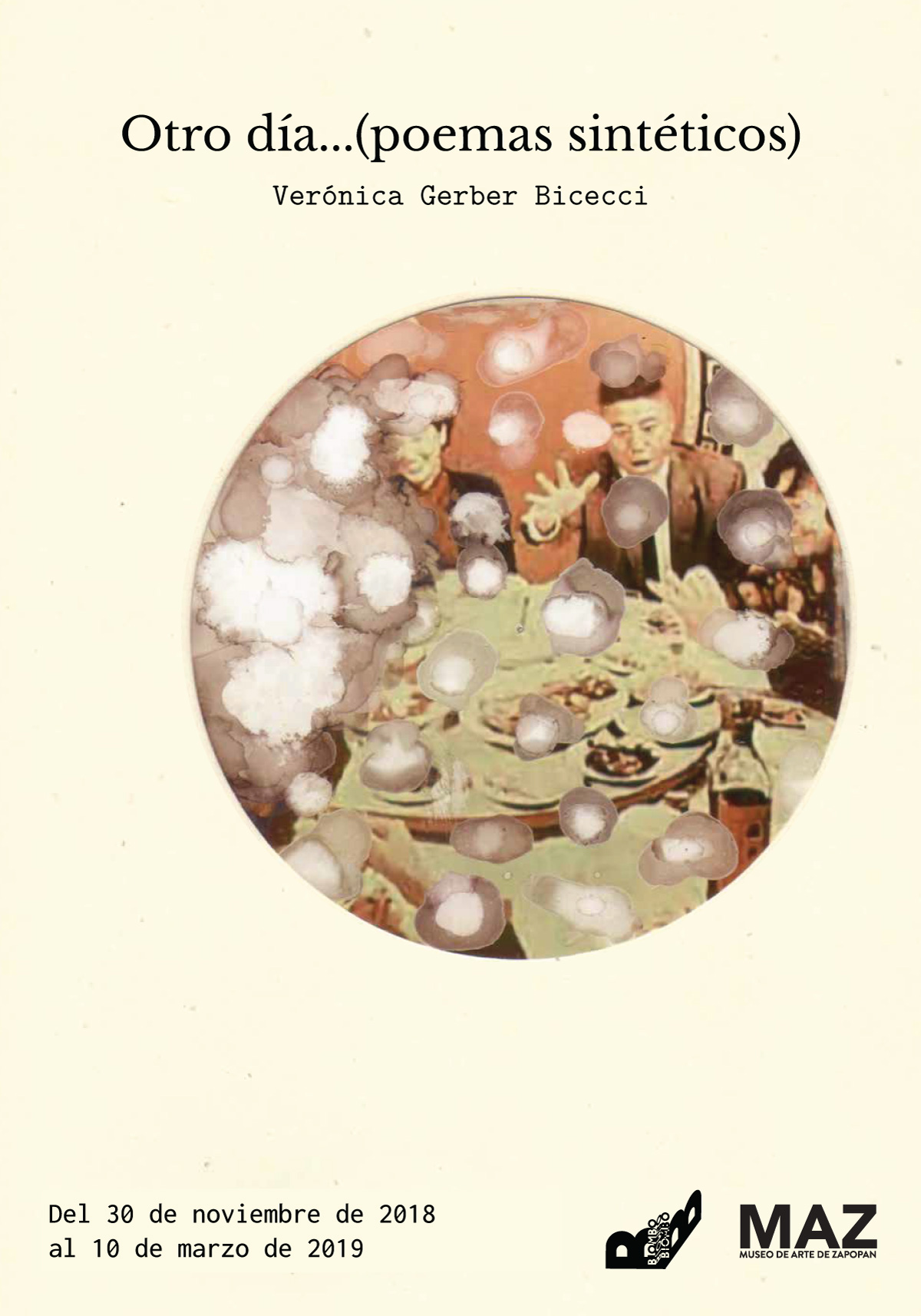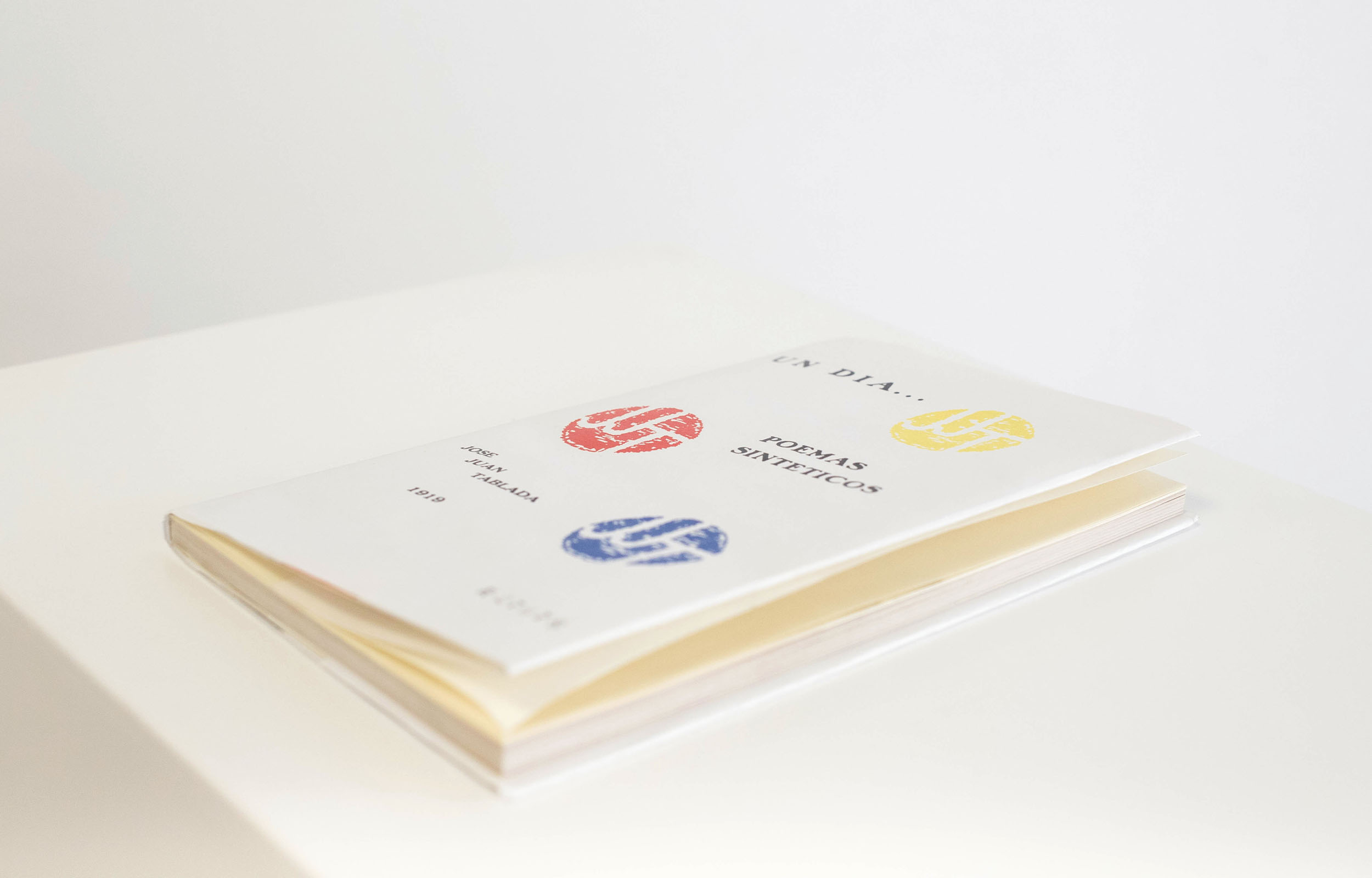
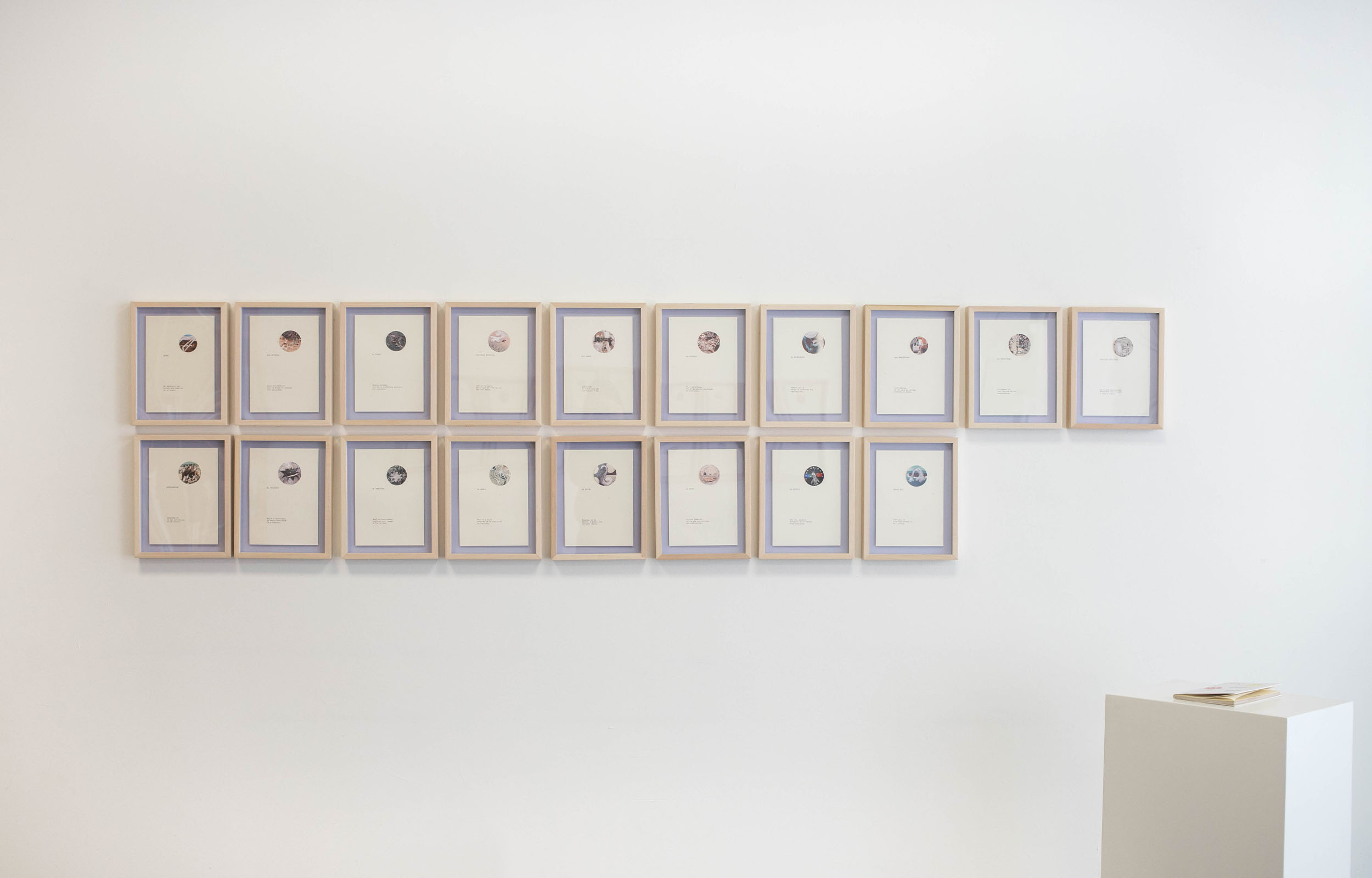
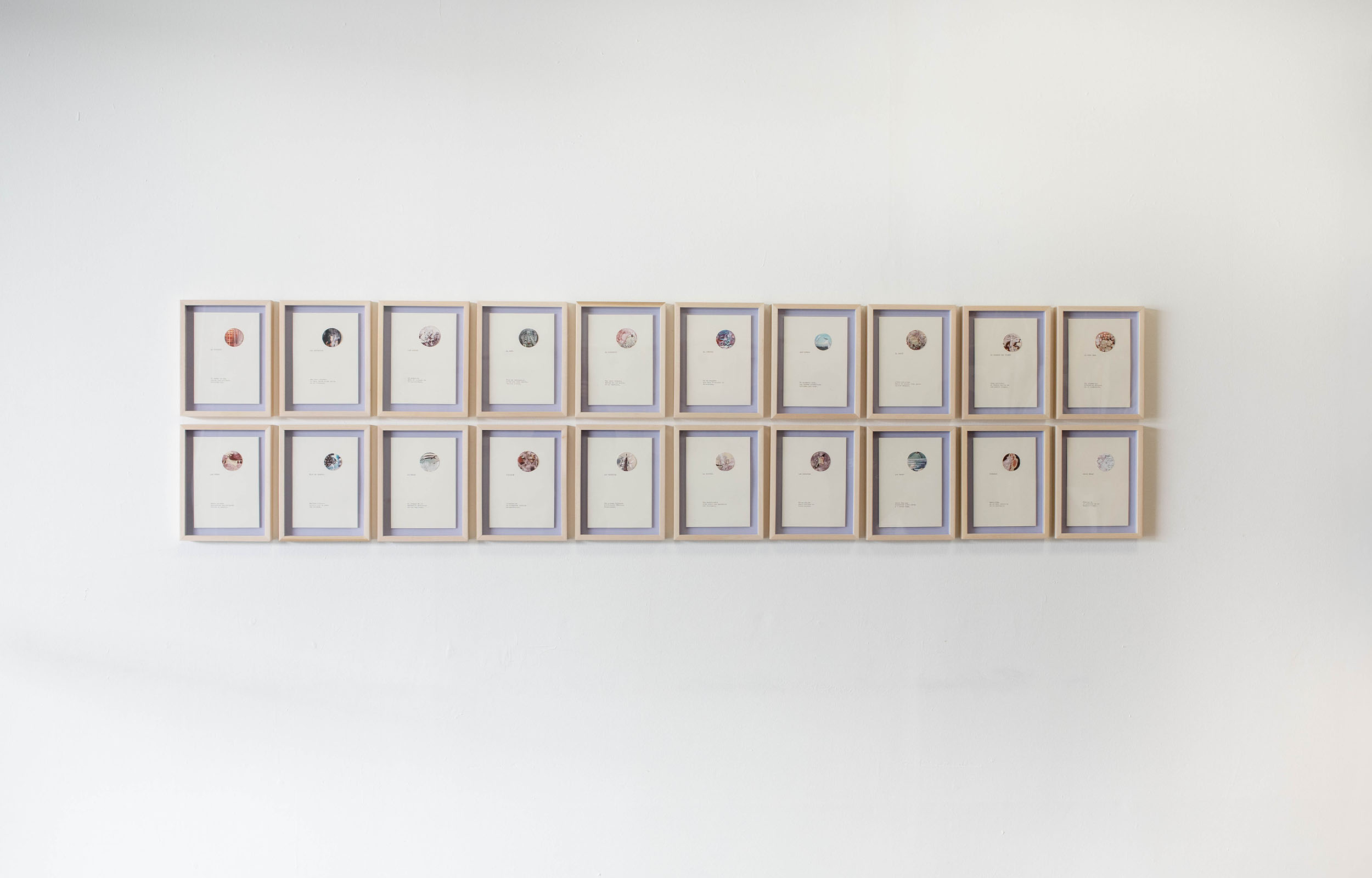
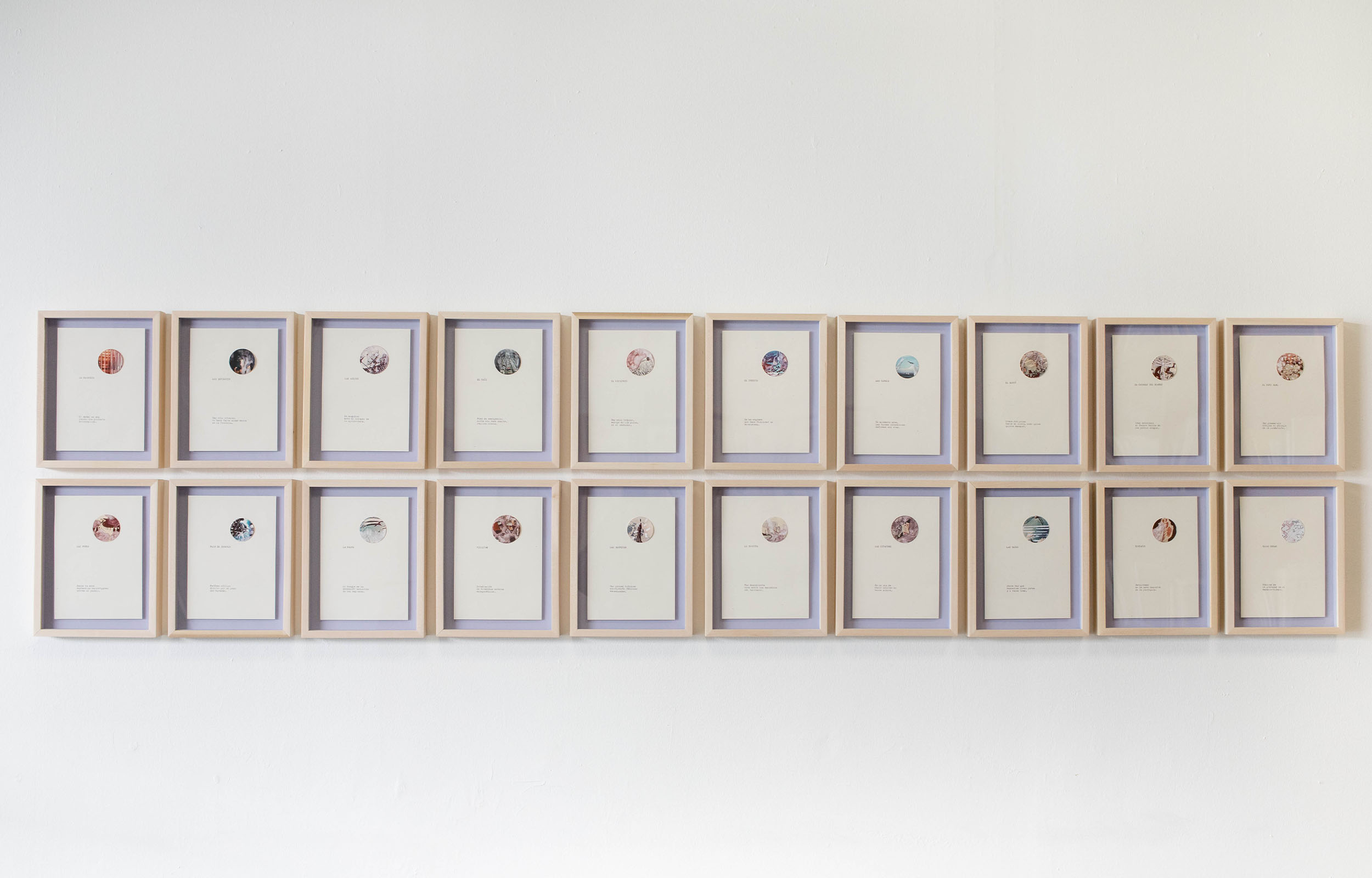


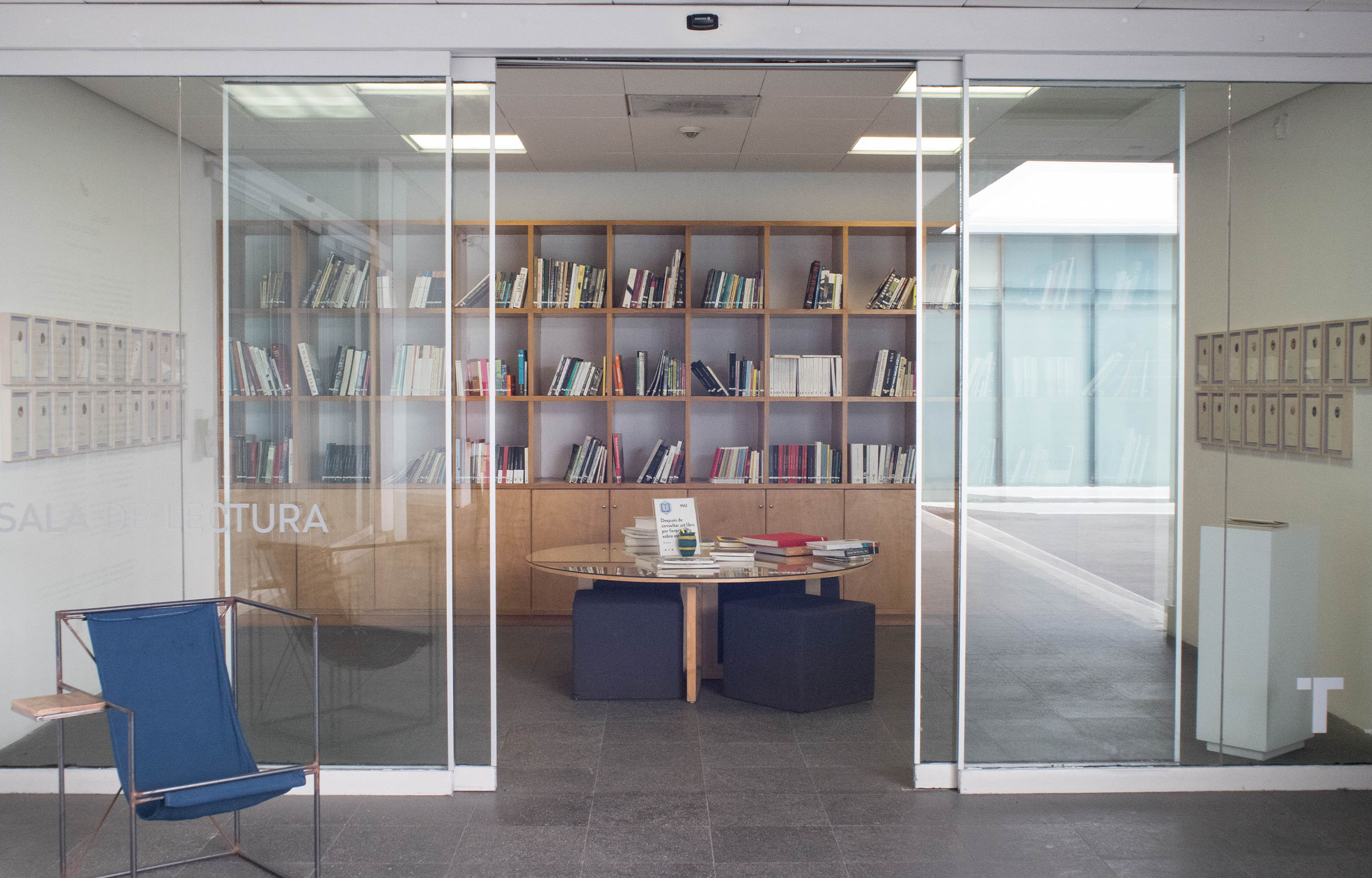
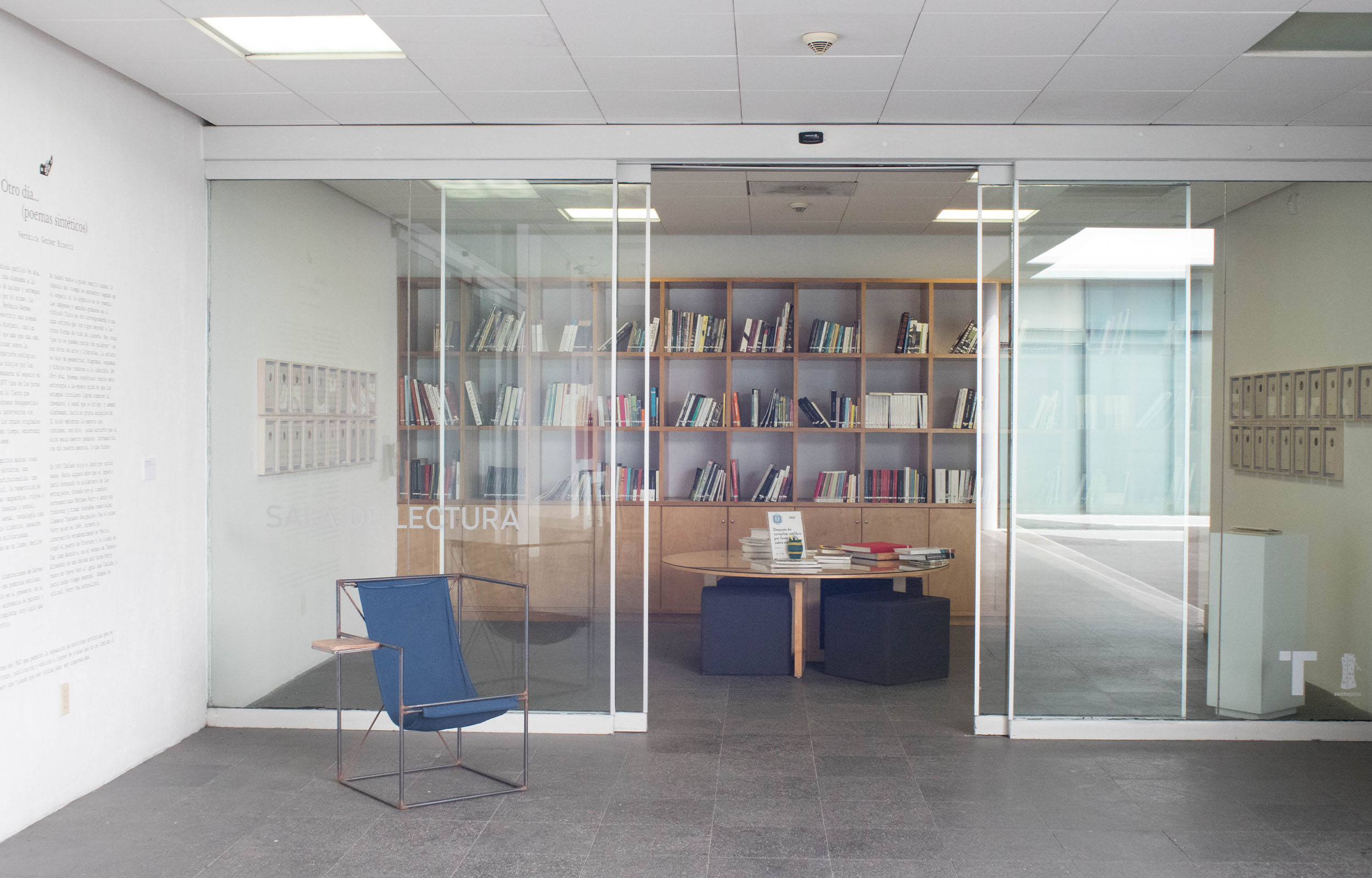
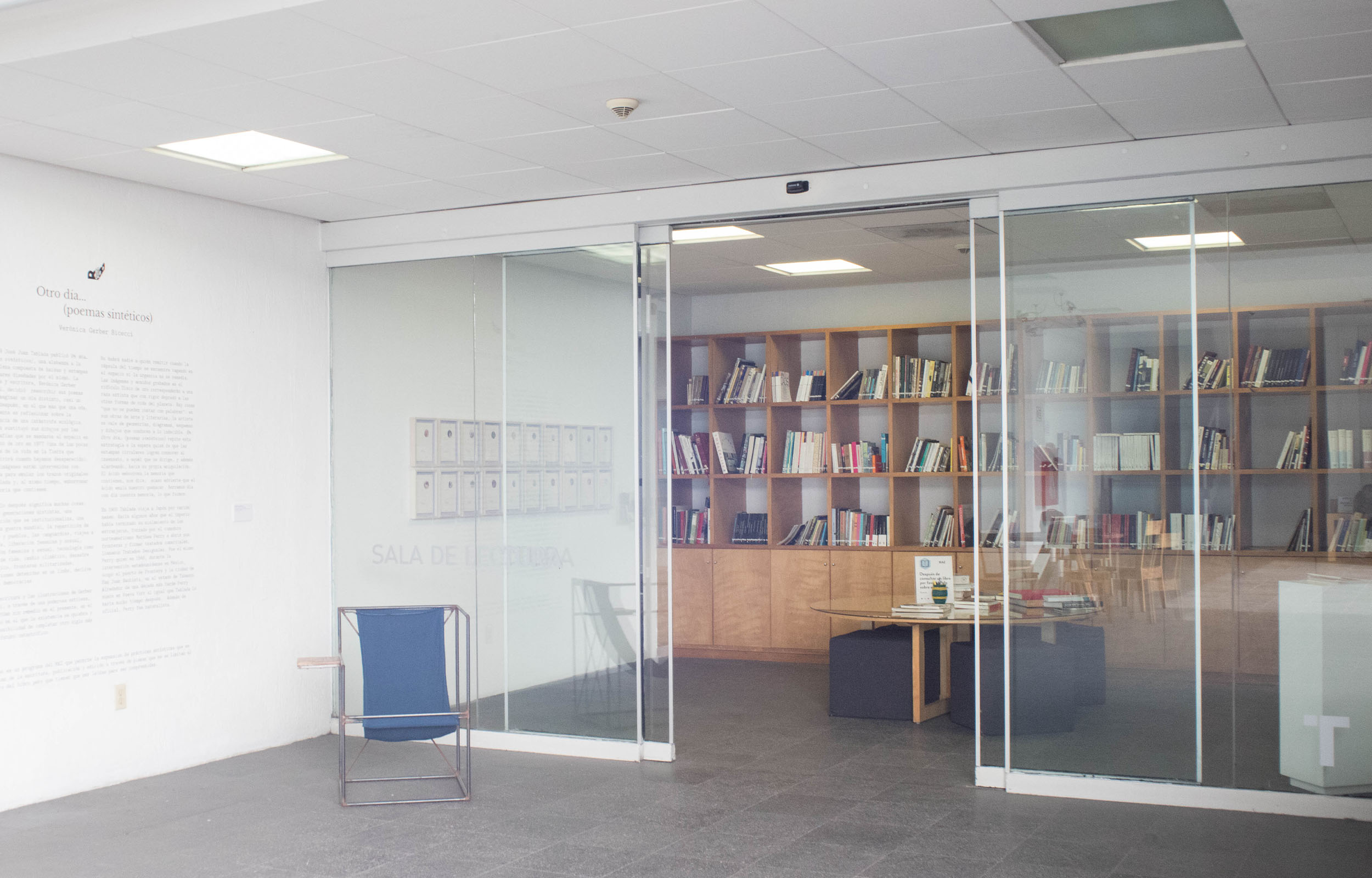
Another Day… (Synthetic Poems) | Verónica Gerber Bicecci
From November 30, 2018 to March 10, 2019
Biombo
Curator: Viviana Kuri
Reading room
In 1919 José Juan Tablada published Un día… (poemas sintéticos) [A Day… (Synthetic Poems)], a paean to nature in the form of a series of haikus and circular prints designed by the poet himself. Artist and writer Verónica Gerber Bicecci has decided to rewrite the poems and imagine a different day, almost a century later, in which the most urgent thing ―more urgent than an ode― is to reflect on the imminence of an ecological catastrophe. Tablada’s drawings are replaced by the photographs sent into space on the Golden Record in 1977 (one of the few proofs of the existence of life on earth that will survive when we have all disappeared). These images have been intervened with acetone, in order to emulate Tablada’s original works and at the same time to blur the memory they contain.
The passage of a century signifies many things. Four successive generations, a revolution (institutionalized), a second world war, the redrawing of borders and the creation of new nations, the twentieth-century avant-garde, the moon landing, women’s liberation and sexual emancipation (alongside sexual repression and the oppression of women), technology as a way of life, climate change, ecological disaster, militarized borders, migrations held in limbo, the decline of democracy.
With powerful subtlety, the rewritings and illustrations of Gerber Bicecci place us irremediably in the present moment, a moment at which existence seems to be breaking up, and a catastrophic future renders yet another century of human life unlikely. If the emergency is not addressed, there will be no one to turn to as the time capsule hurdles through space.
The images and sounds preserved on the ridiculous Golden Record will belong to an extinct race that rigorously preyed on other forms of life on the planet. There are things “that cannot be told in words”: in her visual art and literary works, the artist makes use of geometries, diagrams, patterns, and drawings that lead to the unsayable. In Otro día… (poemas sintéticos) [Another Day… (Synthetic Poems)] she repeats this strategy, hoping perhaps that the circular prints may succeed in affecting those heading toward their own destruction (and boasting about it all the while). The acid ―she tells us― blurs the memory they contain: an acid that works exactly as we do, daily effacing our memories, effacing what we have been.
In 1900 Tablada traveled to Japan for several months. Some years before, the empire had ended its isolation from foreigners, forced by US Commodore Matthew Perry to open up its borders and to sign a series of commercial agreements known as the Unequal Treaties. It was this same Perry ―naval officer and naturalist― who, in 1846, during the Mexican-American War, had occupied the port of Frontera and the town of San Juan Bautista in the state of the Tabasco. A decade or so after these events, Perry would die in New York City, where Tablada himself was to die many years later.
Viviana Kuri
* Biombo is a program of the Museo de Arte de Zapopan aimed at expanding the practice of art through the appropriation of writing and publishing techniques, through works which are not limited to book form, but which have to be read in order to be understood.
